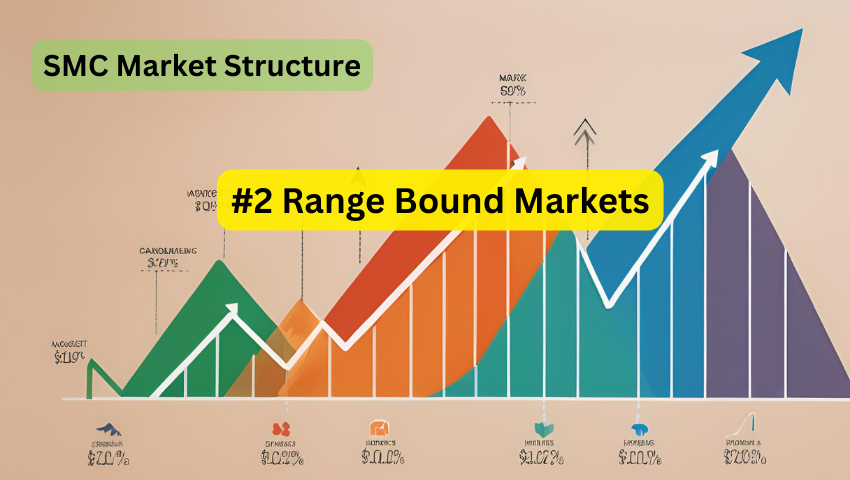
Understanding the complexities of the market is crucial for every trader. One of the most common and sometimes frustrating scenarios traders encounter is the range bound market. StocksPhi, a leading expert in trading solutions, offers valuable insights and tools to help you navigate and profit from these market conditions. In this article, we'll delve deep into range bound markets, how to identify them, and the best strategies to trade within them.
Range bound markets occur when the price of an asset fluctuates between a consistent high and low, without establishing a clear trend. This scenario can persist for days, weeks, or even months. Identifying range bound markets is vital for implementing effective trading strategies. StocksPhi specializes in providing analytical tools and resources to help traders spot these patterns early and capitalize on them.
These examples illustrate the non-trending nature of range bound markets, which can be lucrative if approached correctly.
Identifying range bound markets can be achieved through several technical indicators that highlight horizontal price movements and potential support and resistance levels. StocksPhi offers a comprehensive suite of these tools to ensure traders can make informed decisions.
Visual analysis through chart patterns is another effective method to identify range bound markets. StocksPhi's charting tools are designed to make this process seamless and intuitive.
Using these technical indicators and chart patterns, traders can effectively identify range bound markets and prepare appropriate strategies. StocksPhi's advanced charting and analytical tools are invaluable in this identification process.
Trading in range bound markets requires specific strategies to maximize profit while managing risk. StocksPhi provides robust trading systems and educational resources to help traders implement these strategies effectively.
This classic strategy involves buying an asset when it reaches its support level and selling it when it hits the resistance level. It capitalizes on the predictable oscillation within the range.
Oscillators can provide additional confirmation for entries and exits in range bound markets. StocksPhi offers real-time oscillator analysis to enhance decision-making.
While range bound markets are generally non-trending, breakouts can and do occur. Recognizing these moments is crucial.
False breakouts can trap unwary traders. StocksPhi's alert systems help traders avoid these pitfalls.
Understanding range bound markets is crucial for traders because these conditions offer unique opportunities and challenges. At StocksPhi, we emphasize the importance of recognizing and adapting to these market environments. By leveraging our tools and expertise, traders can navigate range bound markets effectively.
Range bound markets offer consistent profit potential through repeated buying at support and selling at resistance. This cyclical pattern allows traders to capitalize on predictable price movements.
Range bound markets typically exhibit lower volatility compared to trending markets. This can be advantageous for traders looking to manage risk more effectively. StocksPhi provides risk management tools to help you optimize your trading strategy.
The clear boundaries of support and resistance in range bound markets provide well-defined entry and exit points. This clarity reduces the guesswork in trading decisions.
One of the main challenges is the occurrence of false breakouts, where the price appears to break out of the range but quickly reverses back. This can lead to premature trade entries and losses.
Whipsaw movements, where the price fluctuates rapidly within the range, can trigger stop-loss orders and cause frustration.
Analyzing real-world examples helps solidify the concepts of trading in range bound markets. Here, we'll examine a few case studies where StocksPhi users successfully navigated these conditions.
A technology stock was observed trading between $150 and $170 for several months. StocksPhi's technical analysis tools identified this range early on.
The trader successfully executed multiple trades within this range, each time capitalizing on the predictable price movements. Over three months, this strategy resulted in a 20% return on investment.
The EUR/USD pair was observed oscillating between 1.1000 and 1.1200. StocksPhi's real-time data alerts helped identify this range.
The trader achieved consistent profits, leveraging the range-bound strategy with disciplined risk management. This approach minimized losses from false breakouts and maximized gains within the range.
StocksPhi offers state-of-the-art charting tools that are essential for identifying and trading range bound markets. These tools include customizable indicators, real-time data, and intuitive interfaces designed to enhance trading efficiency.
Understanding market structures and trading strategies is crucial for success. StocksPhi provides comprehensive educational resources, including webinars, tutorials, and articles, to help traders at all levels.
Join a community of traders who share insights, strategies, and experiences. StocksPhi offers a platform for traders to connect, learn, and grow together.
Mastering range bound markets requires a blend of technical knowledge, strategic planning, and disciplined execution. With the right tools and resources, such as those provided by StocksPhi, traders can turn the challenges of these markets into profitable opportunities. By understanding the characteristics, identifying the range, and applying effective strategies, you can enhance your trading success in range bound markets.
Remember, the key to success lies in continuous learning and adaptation. Explore StocksPhi's comprehensive suite of tools and educational resources to stay ahead in your trading journey.
This section concludes our detailed exploration of trading in range bound markets. Stay tuned for more insights and advanced strategies to help you navigate various market conditions. For more information and tools, visit StocksPhi.